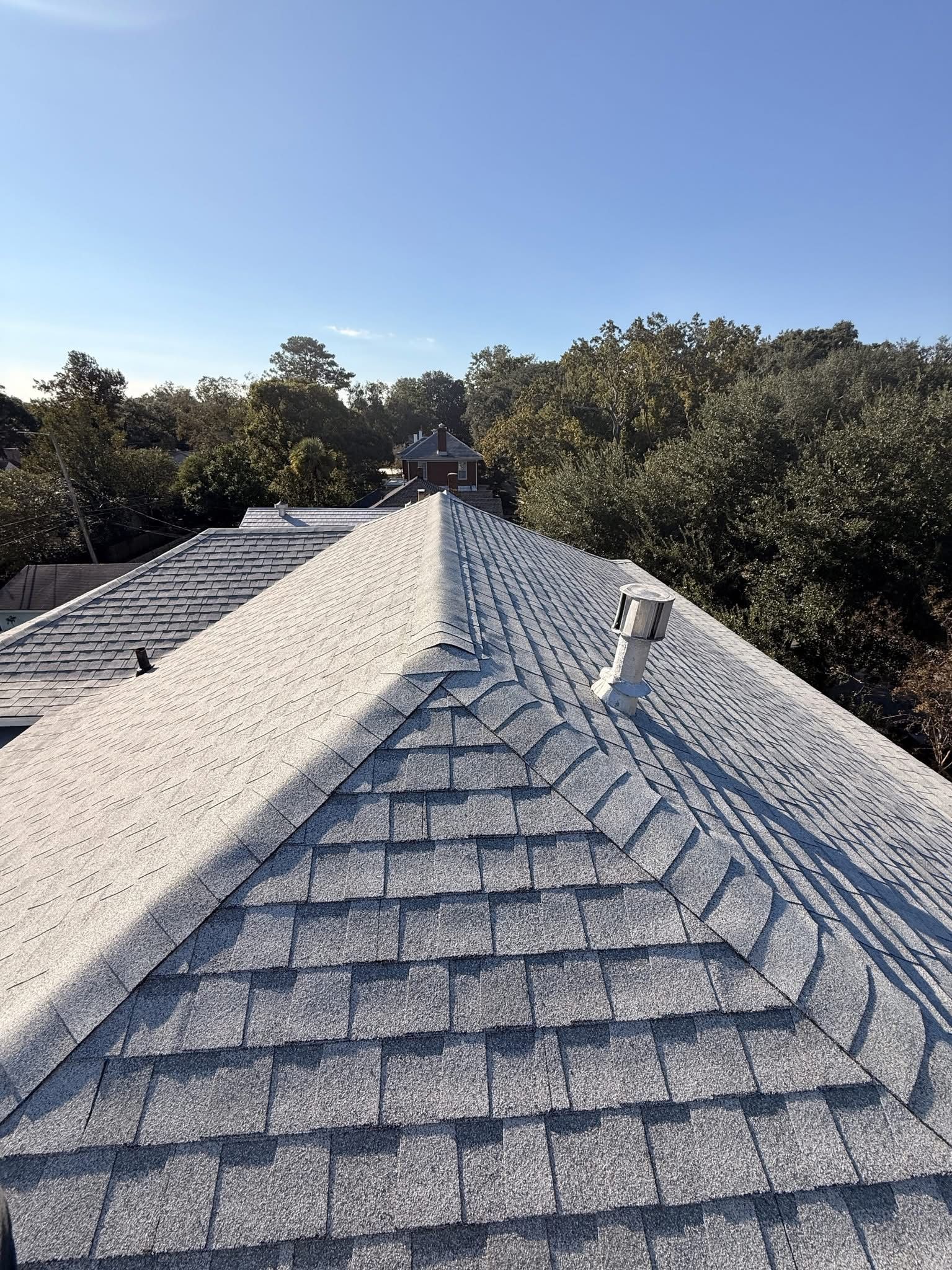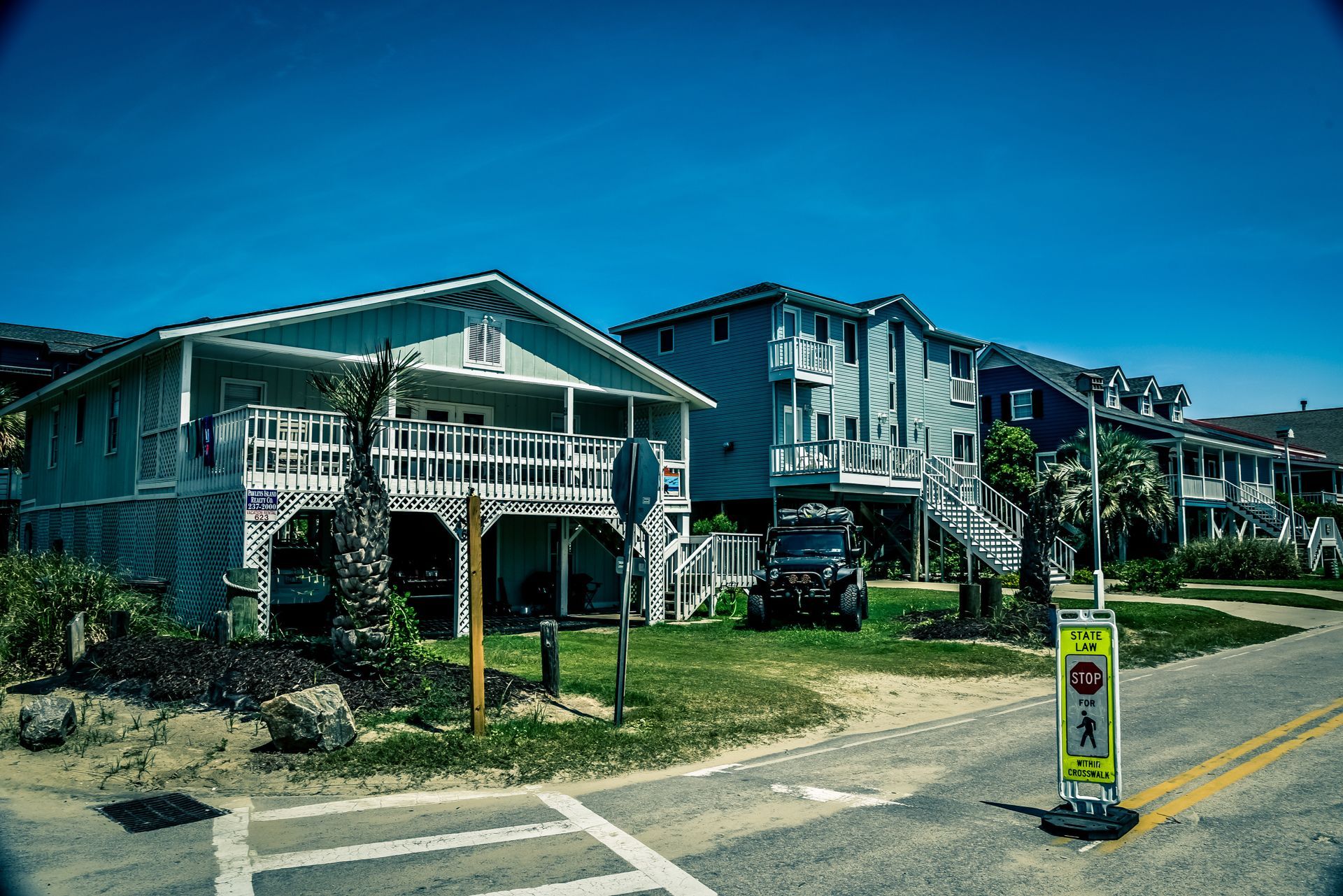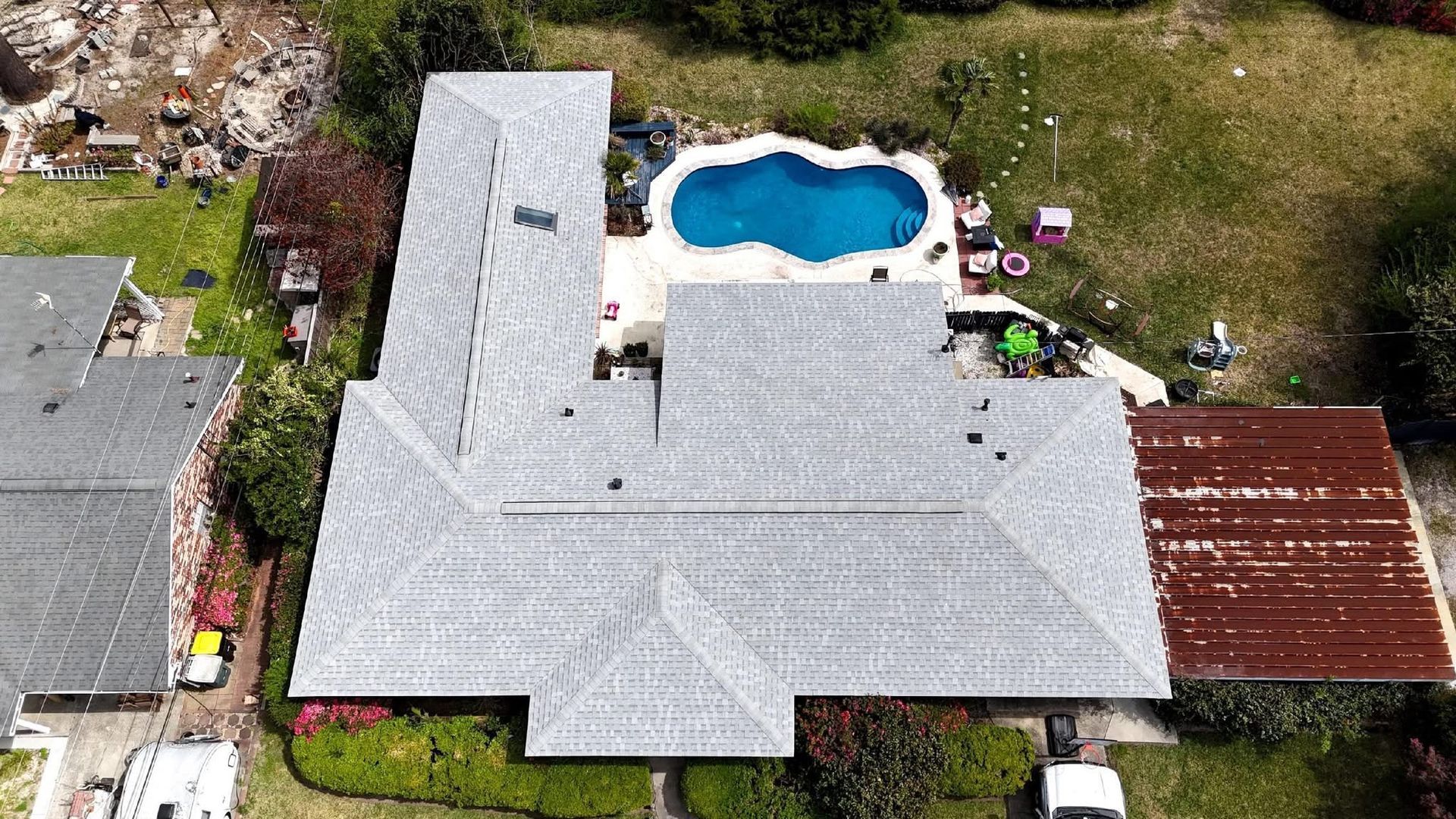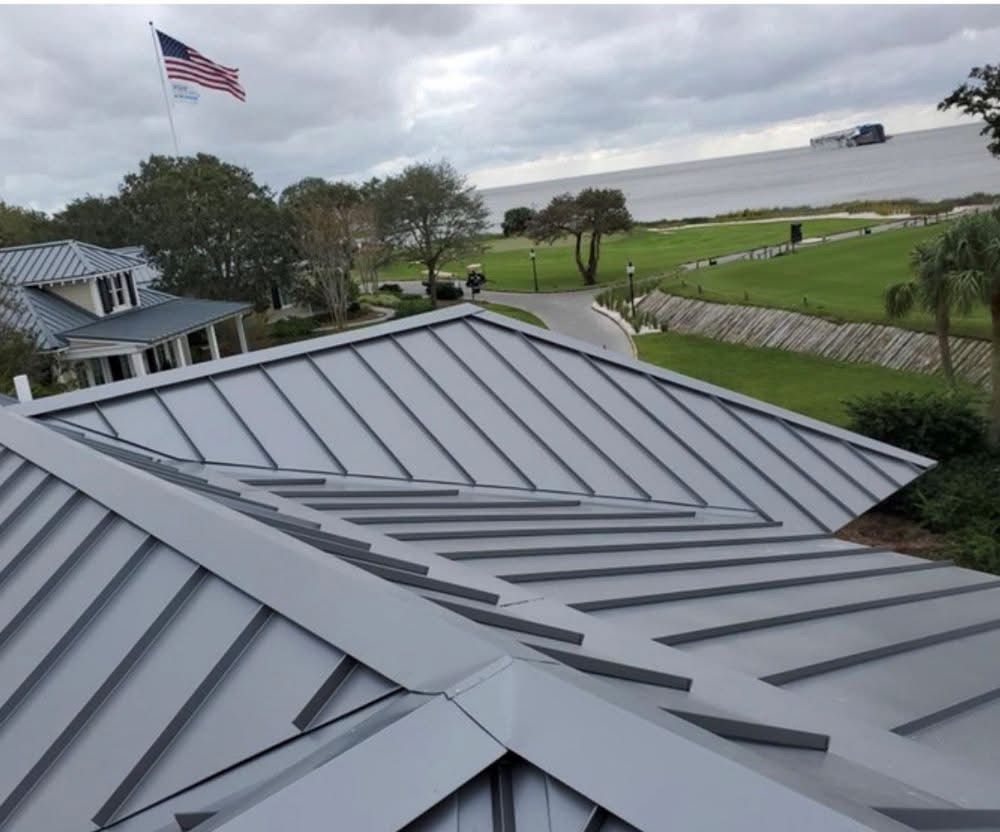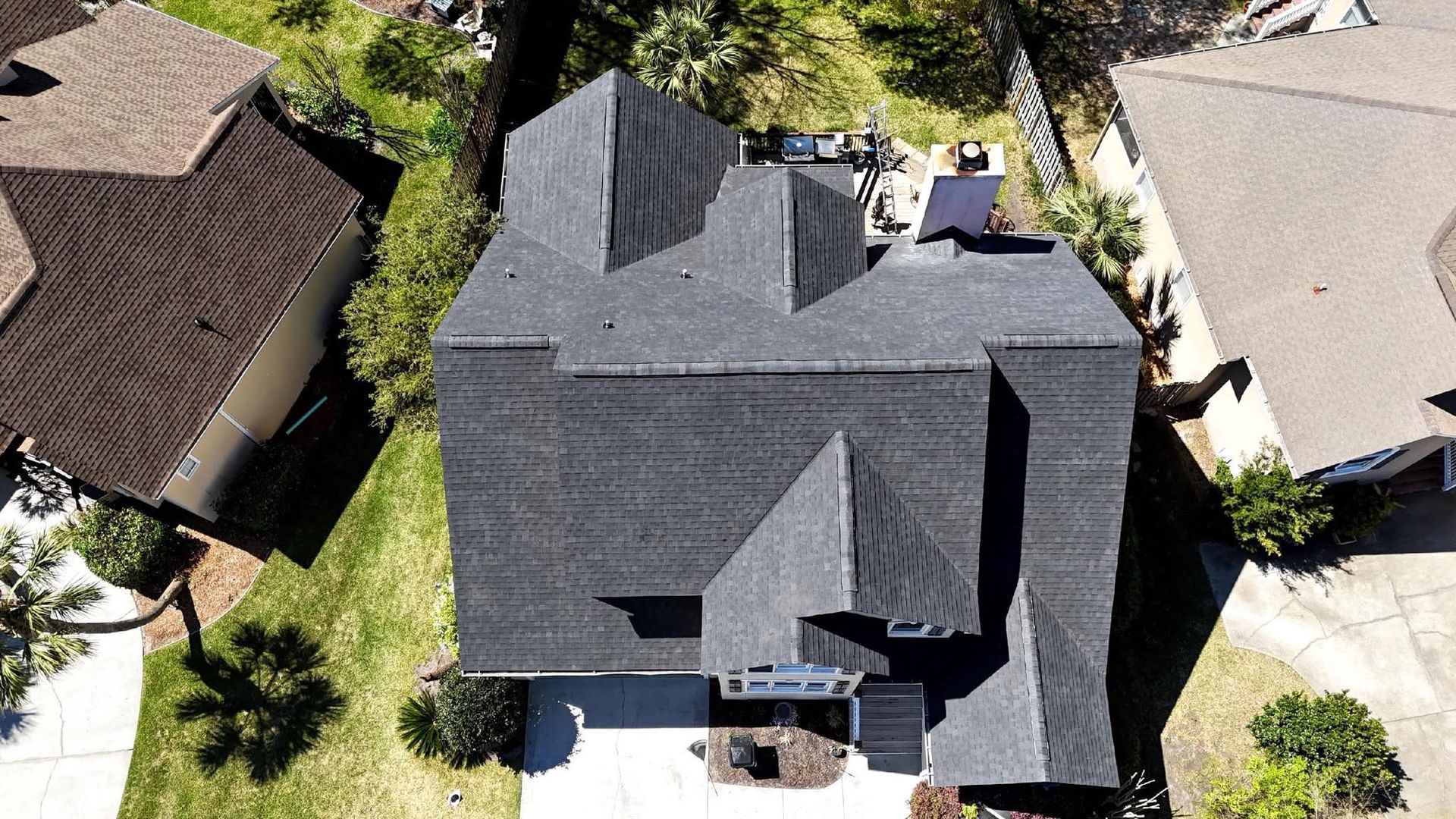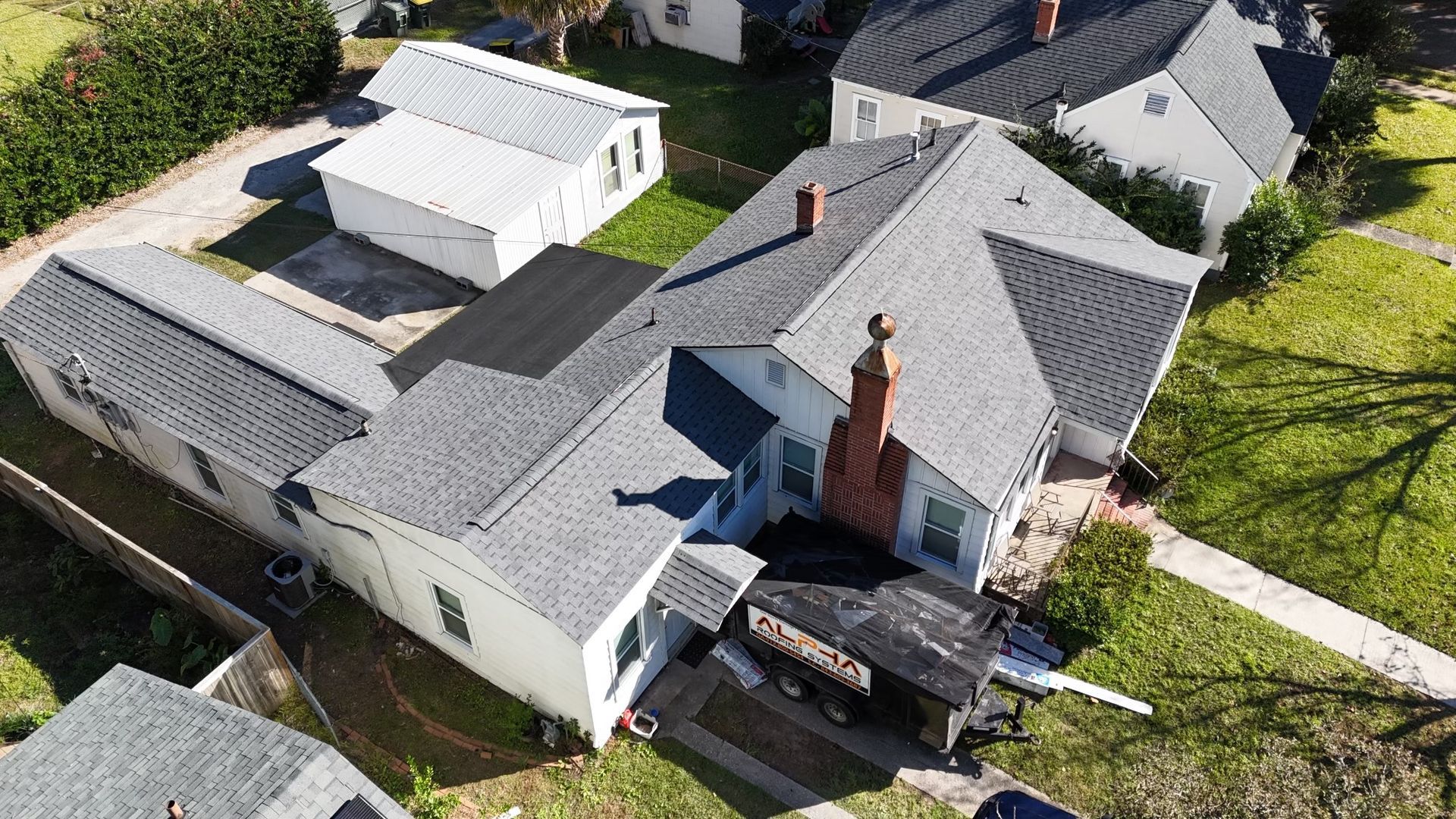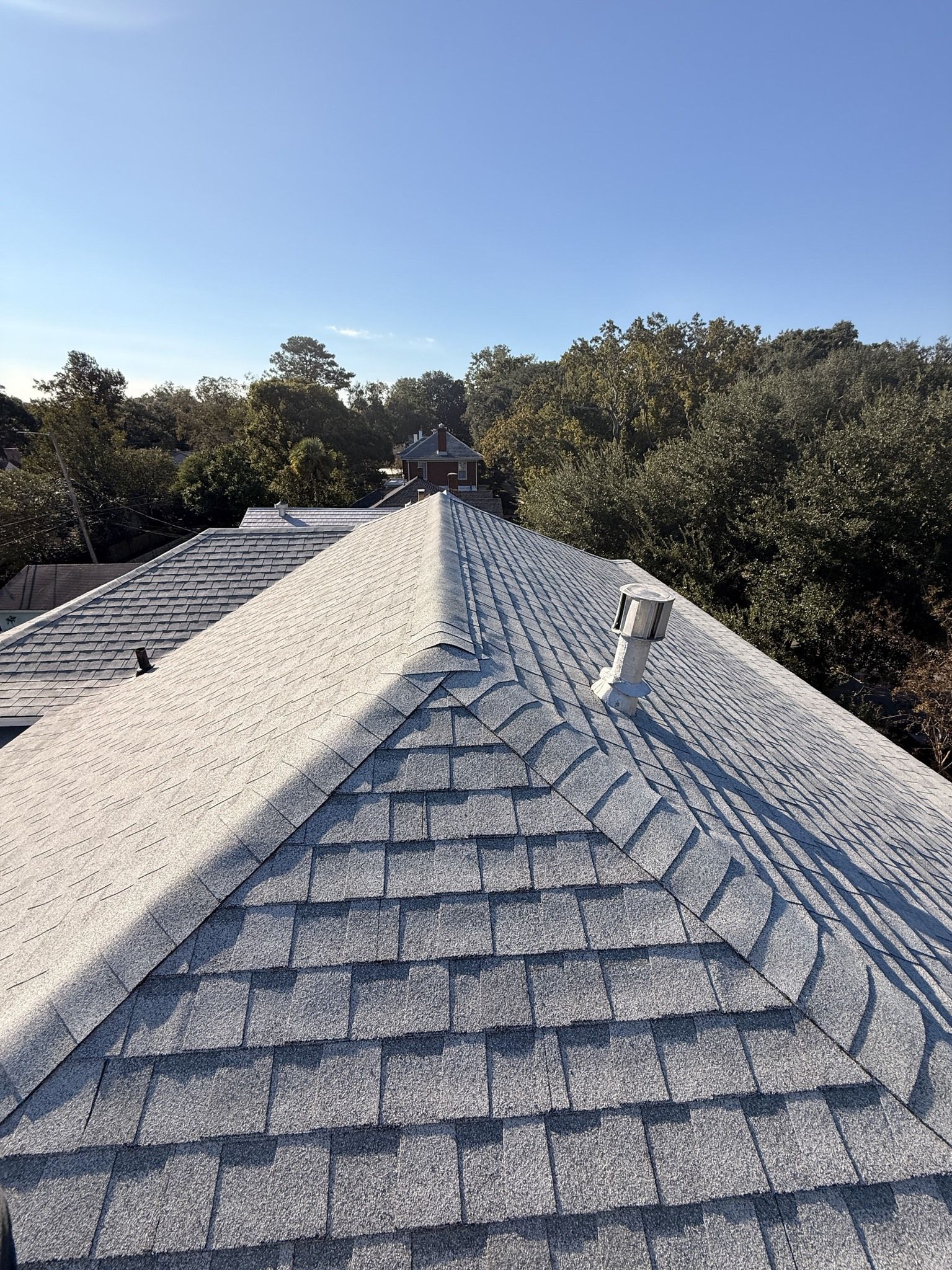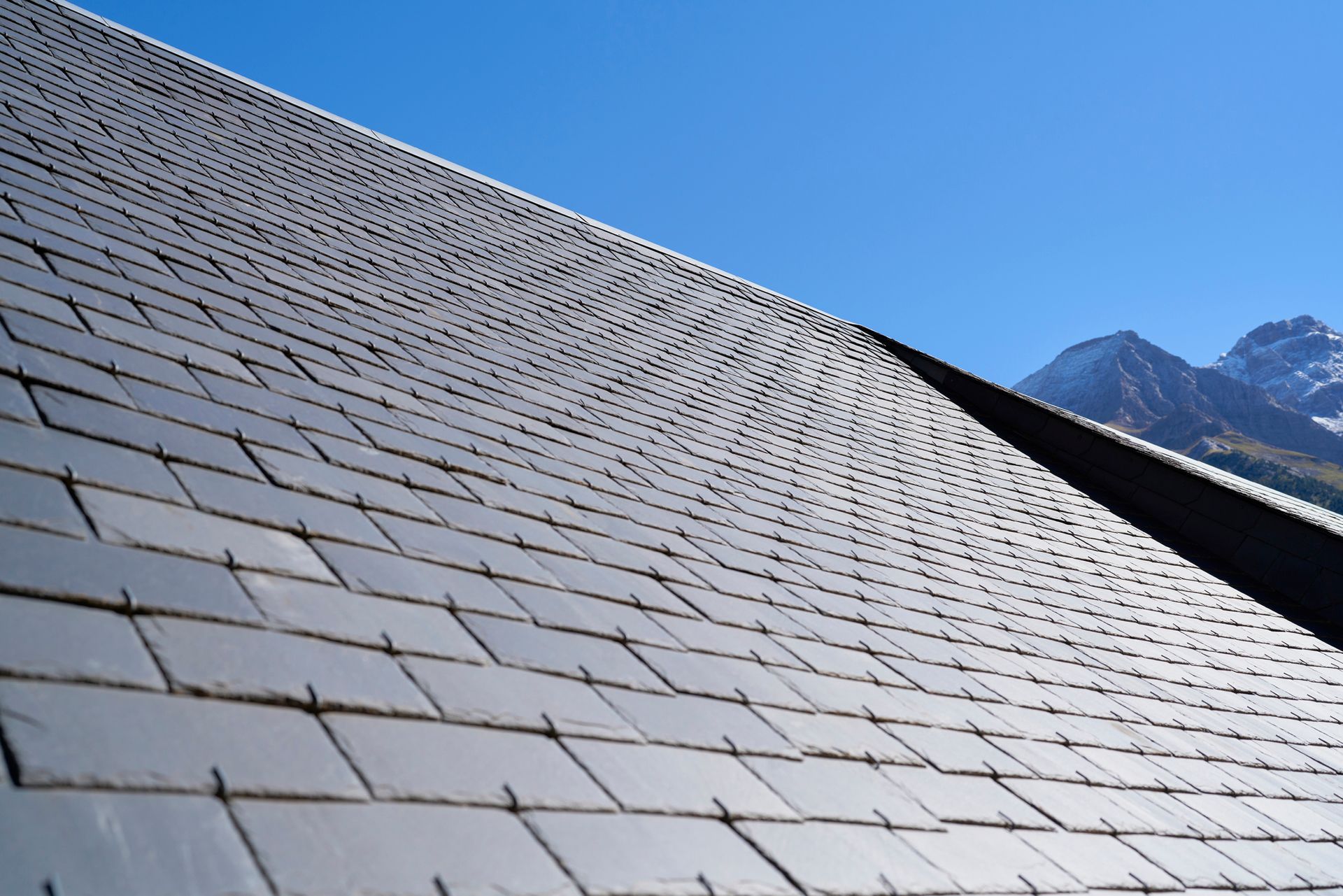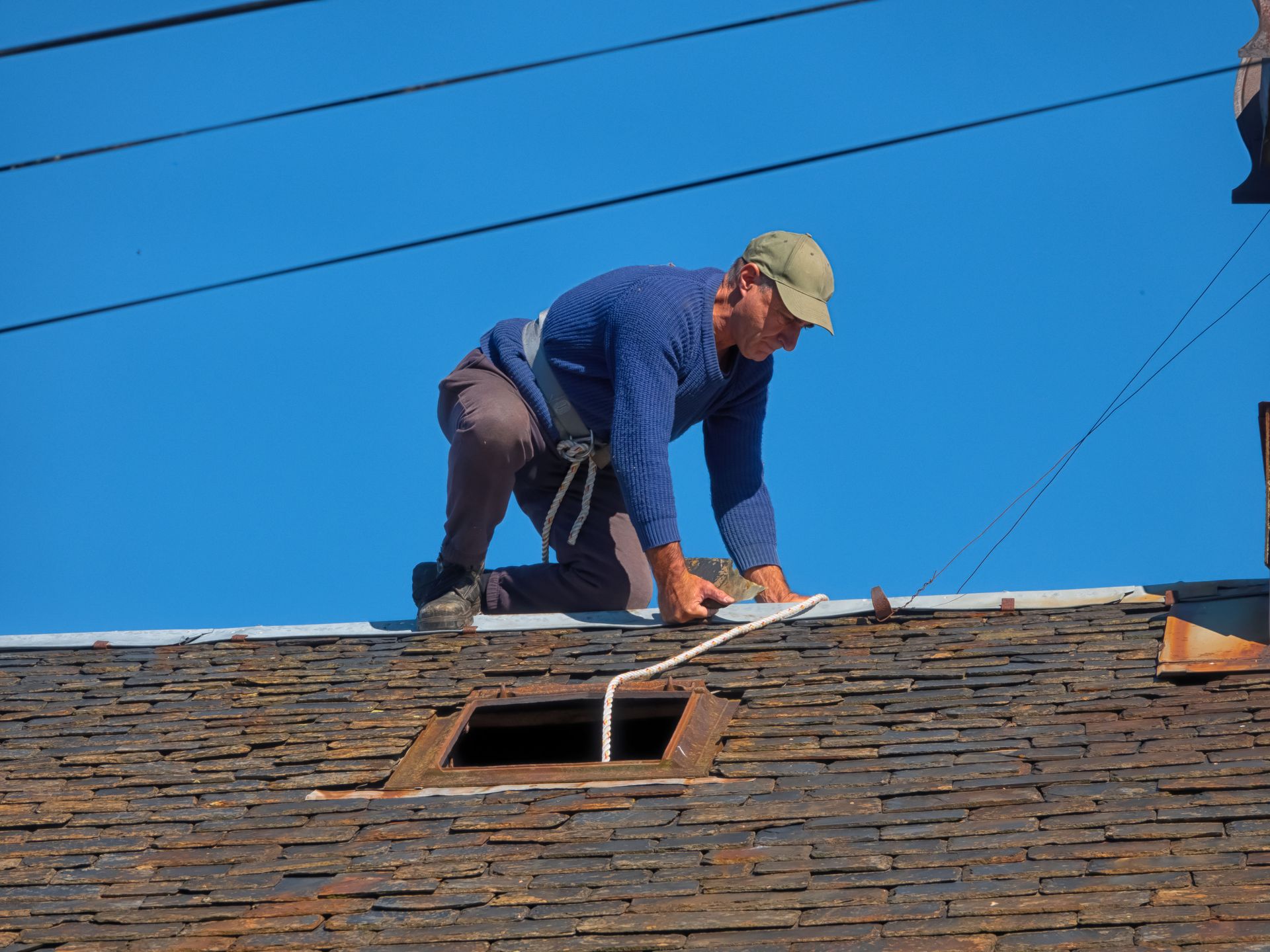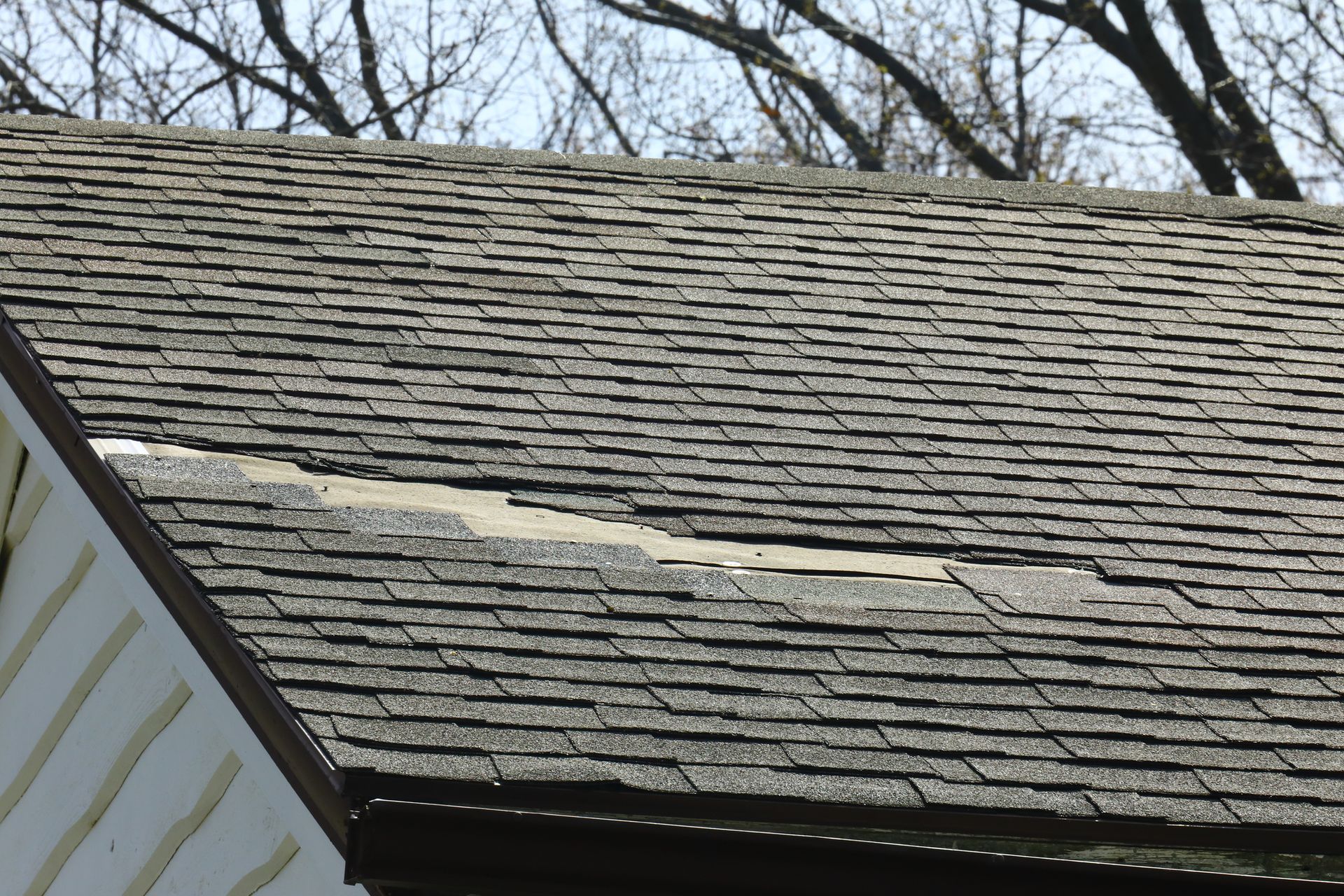4 Key Points About Historic Roof Repair
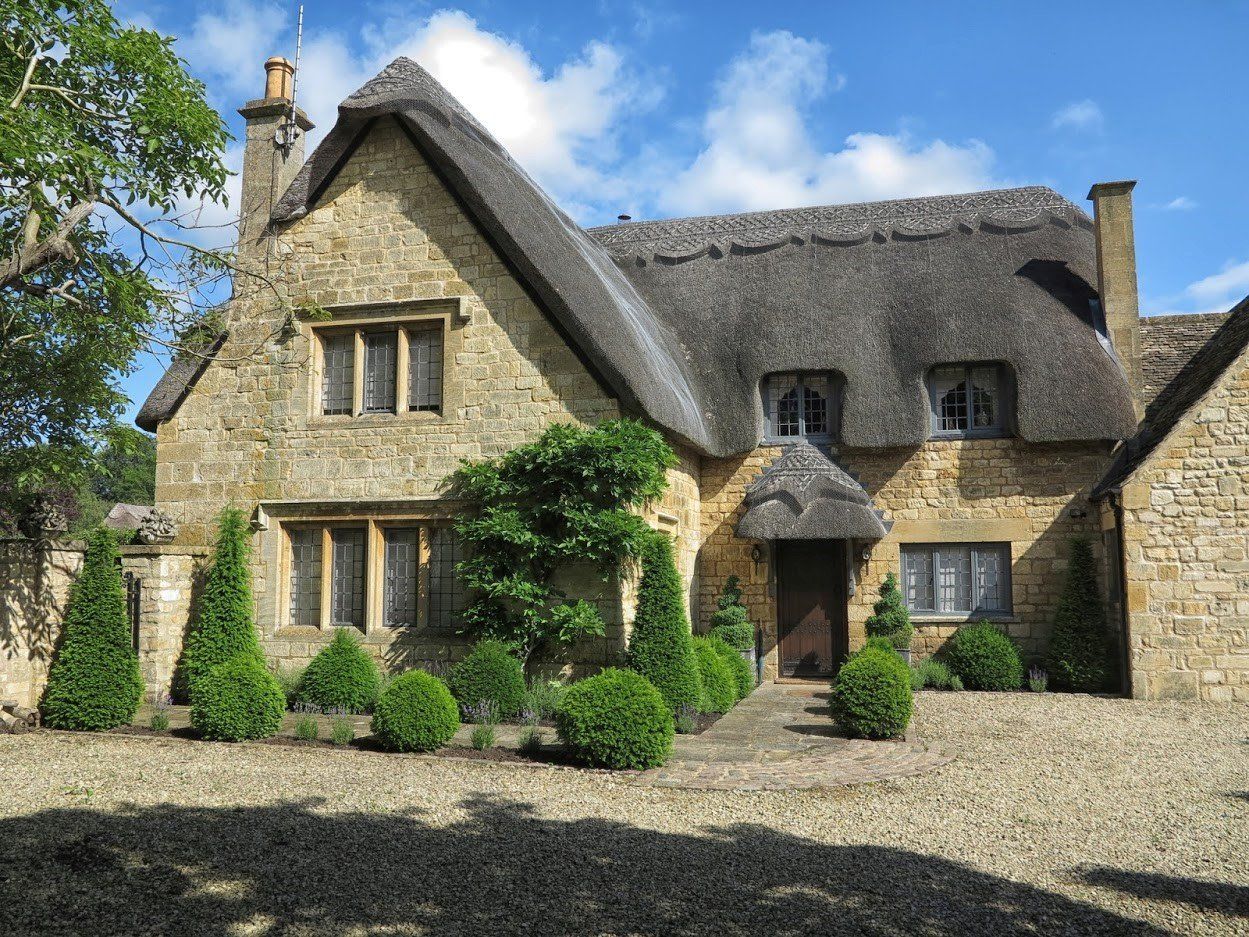
Many homes and commercial buildings continue to serve their owners and occupants years after their initial construction. One key to keeping these structures in functional condition involves the maintenance, repair, and general preservation of the roofs that protect them against the elements.
If you care for a historic building topped with an equally historic roof, you need to understand the potential challenges and solutions that you may face. Roofs wear out eventually, so you should give some thought to the following four key points about historic roof repair and preservation.
1. Asbestos Shingles Require Special Care
Shingles made with asbestos covered many homes built as late as the 1970s. This material offered superior fire resistance to wooden shingles and lighter weight than most tile choices. Unfortunately, fibers from worn or broken asbestos shingles can cause serious respiratory diseases.
If you have an asbestos-shingle roof that needs repair, you must hire roofing professionals who can work with this tricky material safely. Your roofing team can often seal or cover fraying shingles to keep fibers contained. Any extensive repair or replacement will incorporate modern-day, asbestos-free shingles.
2. Many Historic Roof Materials Still See Use Today
Even if you can't get your hands on asphalt shingles in this day and age, you should have plenty of choices when it comes to repairing a roof covered with other materials. Many historic buildings feature wooden shingles, sheet metal, and tiles made of clay, concrete, or shale, all of which see use in modern-day construction.
Period-correct metals for historic roofs include galvanized iron, lead, zinc, and copper. Original installers would often coat these metals in paint or tin plating to help prevent corrosion. Modern sheet metal roofing made from painted steel or aluminum can duplicate the look of historic metal while also offering the necessary corrosion resistance.
3. Contractors Should Understand Historic Roof Architecture
Just as you would take your classic car to technicians who know such vehicles, you should engage roofers who know the special needs of historic roofs. These professionals may consult original architectural blueprints, dated photographs, and preserved maintenance records to understand your roof's individual history.
A thorough grasp of the building's history and contemporary installation or remodeling trends can help your roofing experts make effective yet period-correct repairs.
An examination of old records can also reveal deeper structural changes imposed on your building over the years. For instance, at some point, your roof may have undergone a major change in its slope or some other architectural feature. Your roofing contractor needs to understand how such alterations might affect their work.
4. Replacement Might Make More Sense Than Repairs
Even with the most robust structure and materials, an old roof will start to accumulate problems as the years continue to pass. Once you begin authorizing repairs on worn shingles or damaged beams, you can expect more and more such problems to follow, leading to multiple repairs requiring specialized knowledge.
If your roof has reached the stage where it develops one failure after another, you might obtain the greatest long-term value for your money from a full-scale roof replacement. This step can help to ensure decades of reliable service from your historic roof, especially if you use a material such as metal, clay, or slate.
Place your historic building's roof in skilled, experienced hands by entrusting it to Alpha Roofing Services. We can inspect your roof for problems, recommend the appropriate corrective measures, and add decades to the lifespan of your home or commercial facility. Contact us today for more information about our historic roof services. We’re confident that you’ll love working with us.


